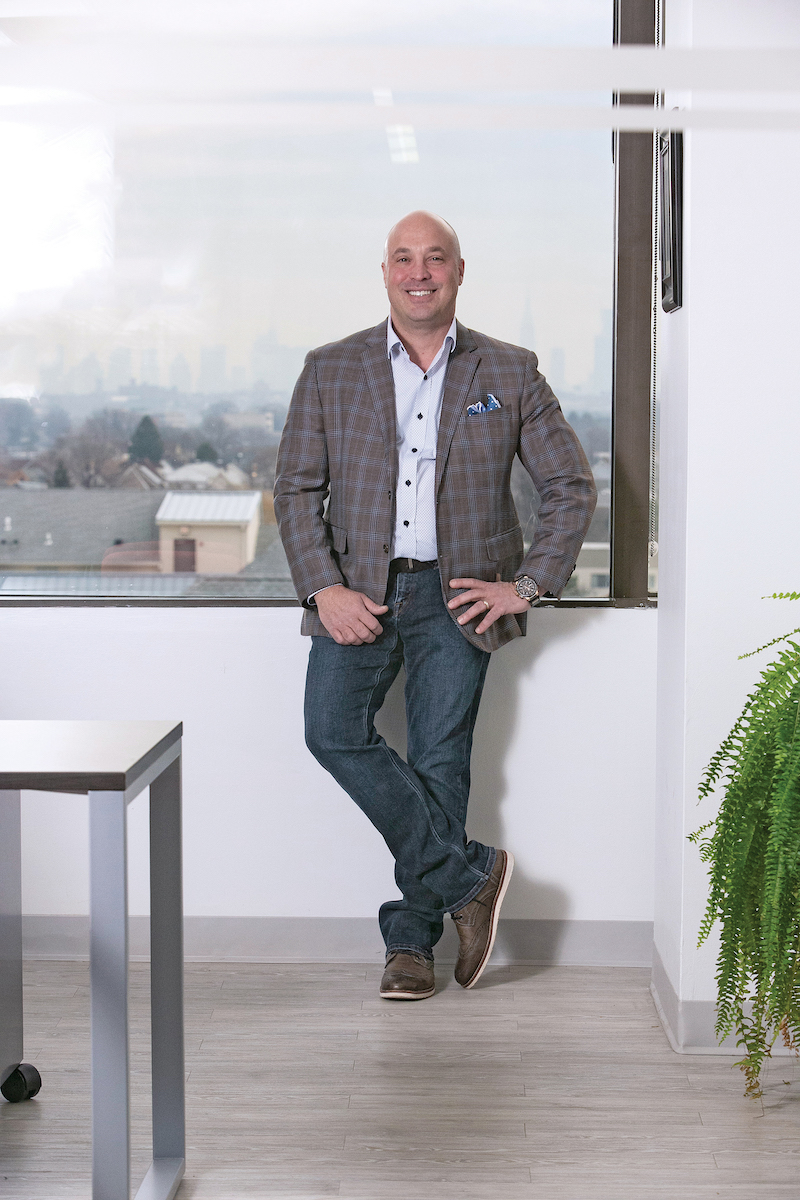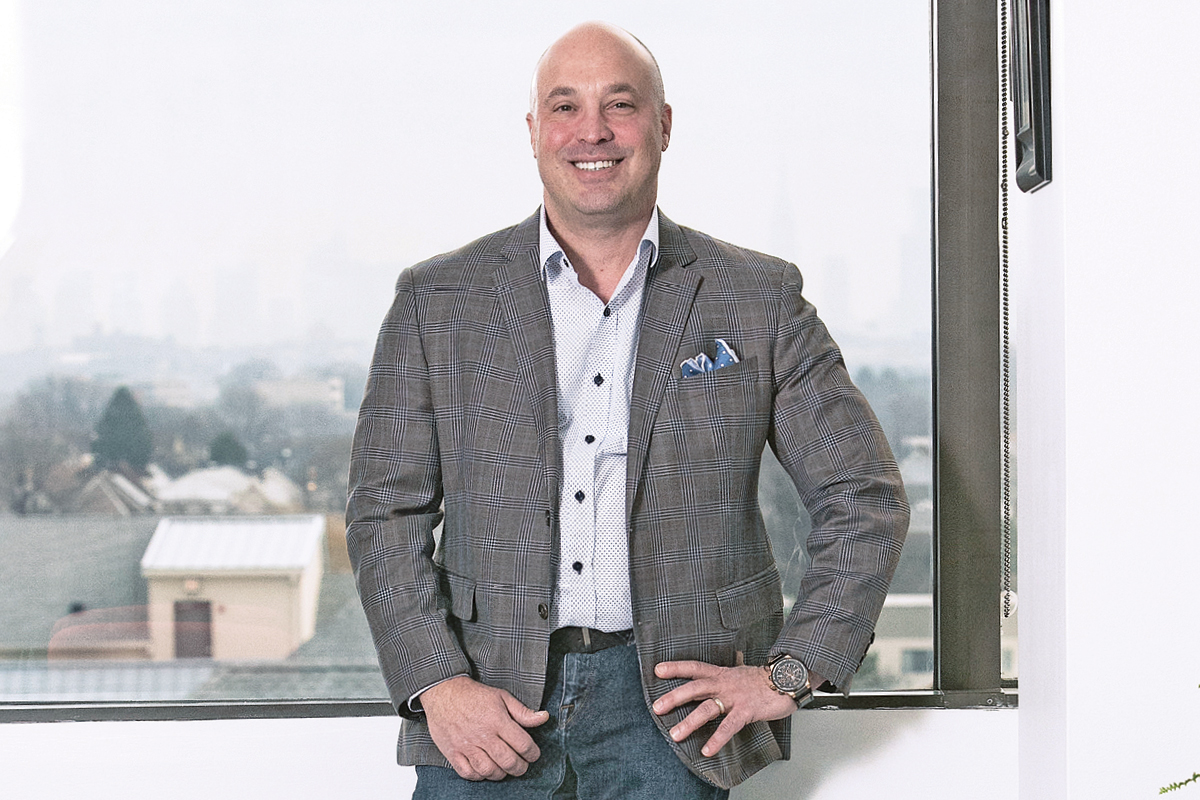To us, it may be the most insignificant part of a garment. That little piece of fabric is largely unnoticed – until it’s hanging out. But never underestimate the power of a label.
SML Group’s Senior Vice President of the Americas, Gary Moskovciak, insists the label is one of the most important parts of clothing, particularly these days when it’s infused with serious RFID (radio-frequency identification) technology.

“The label provides a brand, an identity,” he says. “Without it, you don’t know what the product is, who made it, where it was made, nor how to care for it. “Today, it’s so much more,” he explains.
“In simple terms, each item has its own DNA. It’s serialized; it’s unique. RFID technology utilizes radio frequency to identify the item, providing brand owners with inventory clarity to better manage their supply chain and implement a true omnichannel solution to buy online, pick up in store, basically fulfill orders from anywhere.”
Gary says RFID provides information to help track inventory with up to 98% accuracy, leaving behind traditional counting methods, which were labor intensive and only about 70% accurate.
The technology also allows for an enhanced customer experience – buy online, pick up in-store or smart checkout.
“To put it into perspective, we had a customer who counted more than 30 million units simultaneously over the course of three hours across 500 stores. That would have previously taken an army of people, a significant amount of time and a significant amount of cost to achieve.”
Headquartered in New Jersey, Gary is responsible for SML’s commercial and operational business units, leading some 400 employees working across the US, Mexico, the Dominican Republic, El Salvador and Peru.
While the Latin American sites manufacture all product types, factories in the US are more specialized, with an RFID factory in North Carolina, another producing woven and printed care labels in Maine and an entity in Minneapolis focusing on specialized packaging engineering.
“Here at the US headquarters, we work with every major apparel brand in retail today. If you’re wearing it, most likely our product is either on it, was packaged in it or tracks it.”
“Brands look to us to either create a concept for them or produce their own with our manufacturing footprint. Some brands, such as Tommy Hilfiger, know exactly what they want so they give us their concept and we produce it from one of our worldwide plants. Other brands want us to inspire them and to develop something based on a trend or a designer’s pattern. It might be a woven label using RFID or even a heat-transfer label.”
SML has ballooned from a 10-person operation, producing woven labels in Hong Kong, to operating offices in 30 countries using cutting-edge technology. It was launched in 1985 by entrepreneur Dr Suen Simon, a Chair whom Gary describes as a visionary who took risks and managed them.
Gary has been with SML for more than 15 years after joining in 2004 as the Vice President of Finance, Americas. He admits that in his other senior roles in finance and IT, at Kalpak, Foremost Manufacturing and Ariel Corporation, he worked primarily behind the scenes creating business strategies or financial recovery solutions.

“All that’s changed,” he laughs. “I am now 85% front-facing, focusing on developing partnerships with our key customers and new customers, as well as elevating our SML brand in the market. It’s a complete transformation for me.”
Gary says the most exciting transformation, though, has been watching RFID technology completely revolutionize SML from a traditional apparel-branding manufacturer into an apparel-branding solutions company. “It’s been a complete shift in strategy,” he reflects.
“Most retailers have an inventory problem but don’t realize it. Those who do, deploy RFID.”
“To watch an RFID product go through a supply chain or be deployed at a store knowing that you’ve been part of that transformation. Most retailers have an inventory problem but don’t realize it. Those who do, deploy RFID. We’re seeing more and more retailers adopt the technology, especially in Europe, and the US is catching up quickly.”
From a more personal perspective, Gary regards the development of his teams and individuals as his greatest achievement. Nothing pleases him more than seeing his people elevated throughout the organization or even moving on from it.
“I feel that is the greatest achievement any leader can have,” he reflects. “Watching and hoping that you’ve inspired them and that you’ve taught them something, so they can carry on and do something, whether it’s with you or whatever else they choose in life.”



